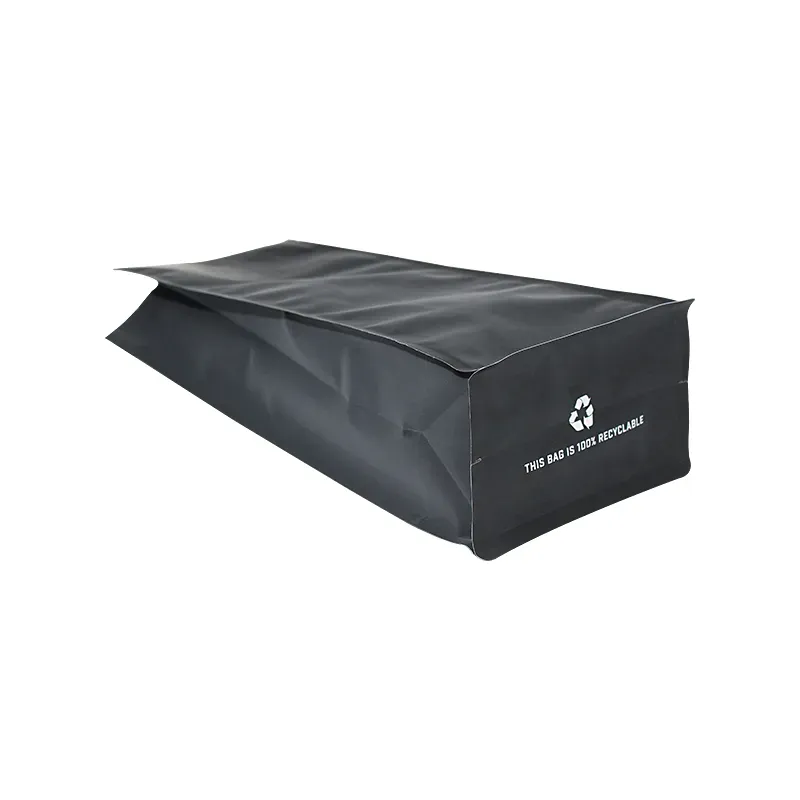- Afrikaans
- Albanian
- Amharic
- Arabic
- Armenian
- Azerbaijani
- Basque
- Belarusian
- Bengali
- Bosnian
- Bulgarian
- Catalan
- Cebuano
- chinese_simplified
- chinese_traditional
- Corsican
- Croatian
- Czech
- Danish
- Dutch
- English
- Esperanto
- Estonian
- Finnish
- French
- Frisian
- Galician
- Georgian
- German
- Greek
- Gujarati
- haitian_creole
- hausa
- hawaiian
- Hebrew
- Hindi
- Miao
- Hungarian
- Icelandic
- igbo
- Indonesian
- irish
- Italian
- Japanese
- Javanese
- Kannada
- kazakh
- Khmer
- Rwandese
- Korean
- Kurdish
- Kyrgyz
- Lao
- Latin
- Latvian
- Lithuanian
- Luxembourgish
- Macedonian
- Malgashi
- Malay
- Malayalam
- Maltese
- Maori
- Marathi
- Mongolian
- Myanmar
- Nepali
- Norwegian
- Norwegian
- Occitan
- Pashto
- Persian
- Polish
- Portuguese
- Punjabi
- Romanian
- Russian
- Samoan
- scottish-gaelic
- Serbian
- Sesotho
- Shona
- Sindhi
- Sinhala
- Slovak
- Slovenian
- Somali
- Spanish
- Sundanese
- Swahili
- Swedish
- Tagalog
- Tajik
- Tamil
- Tatar
- Telugu
- Thai
- Turkish
- Turkmen
- Ukrainian
- Urdu
- Uighur
- Uzbek
- Vietnamese
- Welsh
- Bantu
- Yiddish
- Yoruba
- Zulu
130 gsm
Understanding 130 GSM A Comprehensive Guide to Paper Thickness and Quality
In the world of printing and stationery, the term GSM—grams per square meter—serves as a critical indicator of paper quality and thickness. Among the various paper weights available, 130 GSM has become a popular choice for a wide range of applications, including brochures, postcards, flyers, and even some types of art prints. In this article, we will explore what 130 GSM signifies, its characteristics, uses, and how it compares to other paper weights.
What is GSM?
GSM stands for grams per square meter, which is a standard unit of measurement used to describe the weight of paper. The higher the GSM, the thicker and denser the paper will be. For instance, standard printer paper generally falls between 70 and 90 GSM, while heavier papers used for high-quality prints can range from 100 to 300 GSM or more. Understanding GSM helps consumers and businesses make informed decisions about the kind of paper they need for specific projects.
Characteristics of 130 GSM Paper
At 130 GSM, the paper is classified as medium weight. It exhibits a robust feel, providing a professional look and touch compared to lighter papers. One of the key features of 130 GSM paper is its ability to retain ink without bleeding, making it ideal for vibrant and detailed color prints. Its thickness offers durability, which is crucial for materials that will be handled frequently, such as menus, promotional materials, and product packaging.
Additionally, 130 GSM paper usually has a smooth finish that allows for high-quality printing, whether it is digital, lithographic, or offset printing. The surface texture can vary depending on the specific type of paper, ranging from glossy to matte. This versatility allows designers to choose the best option based on the intended use, be it a sleek promotional flyer or an elegant wedding invitation.
Uses of 130 GSM Paper
The applications of 130 GSM paper are vast and varied. Here are some common uses
130 gsm

1. Brochures and Flyers 130 GSM paper strikes an excellent balance between sturdiness and flexibility, making it an ideal choice for brochures and flyers that need to be distributed in bulk. The paper can withstand handling and still look polished, effectively communicating your marketing message.
2. Postcards and Greeting Cards This weight is perfect for postcards as it provides a solid feel and can support vibrant images and text without compromising quality. Similarly, greeting cards printed on 130 GSM paper are both durable and aesthetically pleasing.
3. Reports and Presentations When creating reports or presentations that require a more professional appearance, using 130 GSM paper can elevate the overall feel of the document. It conveys seriousness and attention to detail, which can be particularly important in corporate settings.
4. Art Prints Artists often choose 130 GSM paper for limited edition prints or photographic reproductions, as it can enhance the vibrancy of colors and details in their artwork.
Comparing 130 GSM to Other Weights
When comparing 130 GSM to lighter options such as 80 GSM or 100 GSM, the differences become clear. Lighter papers tend to be less durable and might not convey the same professional quality, especially for marketing materials. On the other hand, while heavier options—like 200 GSM or above—offer even greater durability and richness, they can also be costlier and less flexible for handling.
Conclusion
In summary, 130 GSM paper is a versatile and sturdy option that serves various purposes across industries. Its balanced weight allows for high-quality printing while providing enough heft to reflect professionalism and durability. Whether you are designing a marketing campaign or creating art, understanding and using 130 GSM paper can significantly enhance the visual impact and tactile experience of your printed materials. By making informed choices about paper weight, you can ensure your projects stand out and effectively communicate your message.













